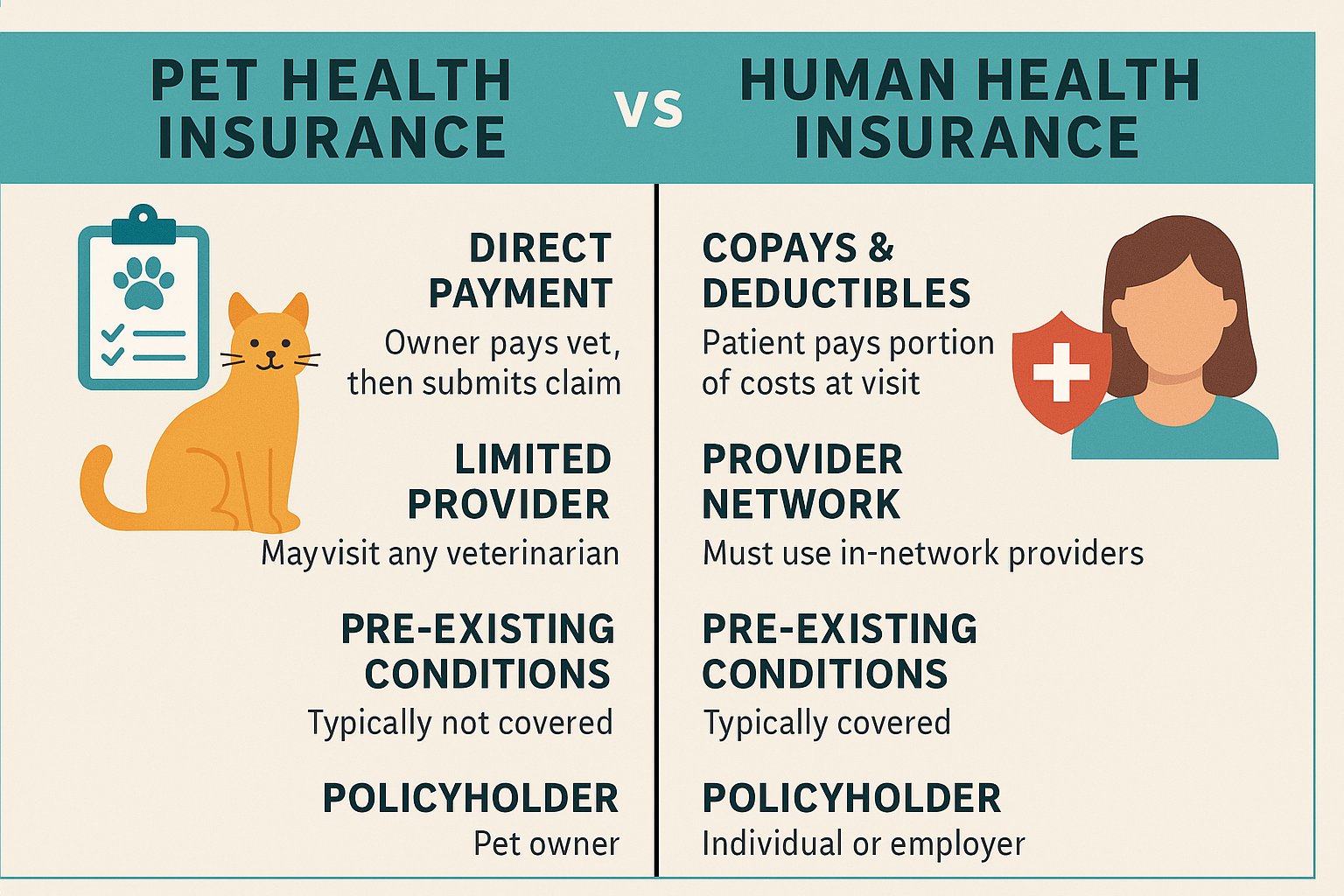
Health Insurance and Telehealth: A Growing Partnership
In recent years, the integration of telehealth services into traditional healthcare delivery has transformed how individuals access medical care—and in 2025, this evolution continues to accelerate. Health insurance providers across the United States are increasingly embracing telehealth as a standard benefit within their plans, recognizing its potential to improve accessibility, reduce costs, and deliver more timely care. The growing partnership between health insurance and telehealth is not only shaping the future of medical services but also redefining the patient experience in profound and lasting ways.
Telehealth, which includes virtual consultations with primary care doctors, mental health professionals, and specialists through video, phone, or secure messaging, gained unprecedented traction during the COVID-19 pandemic. Since then, it has moved from a temporary convenience to a permanent feature of modern healthcare systems. Insurance companies quickly adapted to meet demand, expanding coverage for virtual visits, remote monitoring, and digital wellness programs. In 2025, telehealth is no longer considered an optional or niche offering—it is a mainstream healthcare solution integrated into most health insurance policies, from employer-sponsored plans to marketplace options.
For insurers, telehealth presents an effective way to manage healthcare costs without sacrificing quality. By allowing patients to receive medical advice, diagnoses, and treatment remotely, telehealth reduces the need for expensive emergency room visits and unnecessary in-person appointments. This cost-saving potential is particularly valuable for managing chronic conditions like diabetes, hypertension, and mental health disorders, where ongoing monitoring and consultations can be handled efficiently through digital platforms. Health insurance plans now actively promote telehealth as a primary care option, incentivizing its use with lower co-pays and expanded access.
From the consumer perspective, telehealth offers unparalleled convenience and flexibility. Policyholders can schedule virtual visits outside of traditional office hours, eliminate travel time, and access specialists who might not be available locally. In rural areas and underserved communities, where provider shortages are common, telehealth bridges critical gaps in care. Insurance companies have recognized this advantage and are increasingly partnering with telemedicine providers to expand their networks and ensure equitable access to healthcare services for all members, regardless of location.
Moreover, the integration of telehealth into insurance plans is being enhanced by technology and data analytics. Many insurers now provide mobile apps and digital platforms that allow patients to manage appointments, store medical records, communicate with doctors, and track wellness goals in real time. These tools not only improve the patient experience but also give insurance companies valuable insights into member behavior, enabling them to offer more personalized care management and early intervention strategies.
In 2025, regulatory support has also helped solidify telehealth’s place in the insurance landscape. Laws at both the federal and state levels continue to mandate telehealth parity, requiring insurers to reimburse virtual visits at the same rate as in-person services. These policies ensure that patients can choose the care method that best suits their needs without financial penalties, while encouraging providers to offer high-quality remote care. Additionally, health insurers are investing in secure, HIPAA-compliant telehealth infrastructure to protect patient data and maintain trust in virtual healthcare environments.
In conclusion, the partnership between health insurance and telehealth is not just a trend—it is a foundational shift in how healthcare is delivered and financed. As insurers continue to innovate and expand virtual care offerings, telehealth will remain a vital component of comprehensive health coverage. For policyholders, this means greater access, lower costs, and a more connected approach to managing health and wellness. As we move forward, embracing the synergy between health insurance and telehealth is essential to building a smarter, more inclusive, and patient-centered healthcare system.



